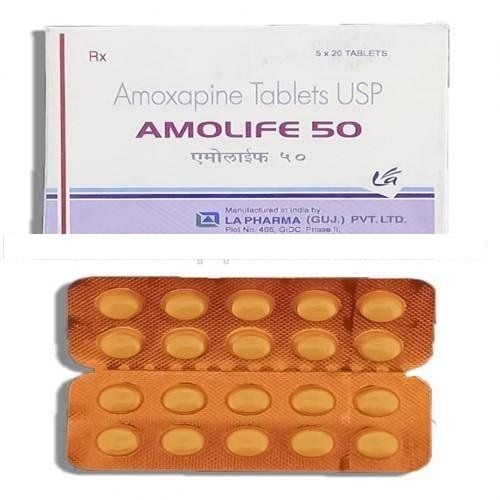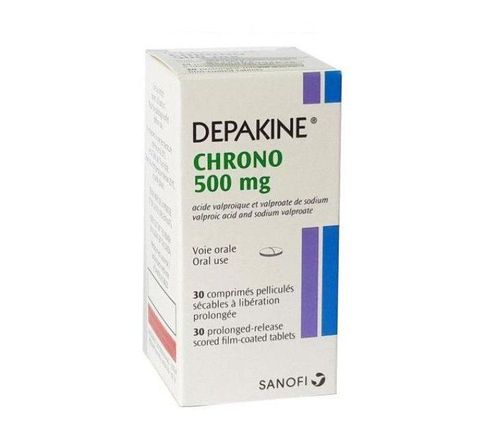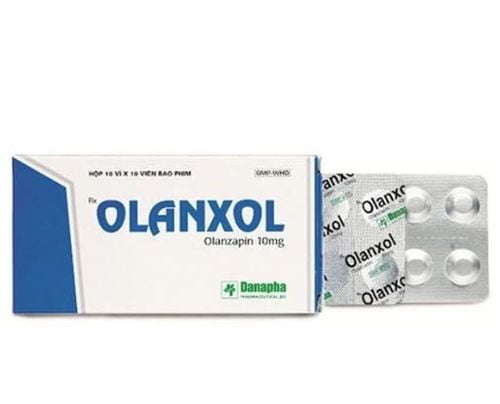This is an automatically translated article.
Opelan-5 and Opelan 10 belong to the group of psychotropic drugs, used to treat some cases of mental illness such as schizophrenia, bipolar disorder, in combination with other drugs to treat depression. cold. So what is Opelan 10 and how is it used?1. What is Opelan?
Opelan medicine contains the active ingredient Olanzapine 5mg/10mg and other excipients such as microcrystalline cellulose powder, pharmatose DCL15, povidone, magnesium stearate, talc just enough in one tablet. Opelan is prepared for human consumption in the form of film-coated tablets. There are two types, Opelan 5 and Opelan 10, divided by Olanzapine content. Both types are packaged in boxes, each box of 10 blisters x 10 tablets.
2. Uses of Opelan
2.1. Uses of drugs Opelan 5 and Opelan 10 have the following effects:
Opelan has the active ingredient Olanzapine belonging to a group of atypical antipsychotics. The effect of the drug helps to restore the balance of certain substances naturally found in the brain. Olanzapine is used to treat certain mental illnesses such as schizophrenia and bipolar disorder. The drug may also be used in combination with other medications to treat depression. 2.2 Indications of the drug Opelan Some indications of the drug Opelan:
People with schizophrenia and other psychotic disorders have obvious negative or positive symptoms. People with moderate to severe manic episodes. People with depression. 2.3 Contraindication of Opelan drug Cases of contraindication to Opelan use, specifically:
In case of allergy or hypersensitivity to any active ingredient in the drug formula Opelan absolutely must not be used for patients have narrow-angle glaucoma Avoid taking the drug in pregnant and lactating women
3. Usage and dosage of Opelan
3.1 How to take Opelan is a drug that is prepared in the form of film-coated tablets that should be taken orally. Users need to take the drug with a sufficient amount of water, do not break, chew or crush the tablet while taking it. The drug can be taken before or after a meal, because food does not reduce the effect of the drug.
3.2 Dosage Usual Dosage: once daily, regardless of meal. The usual starting dose is 5 - 10 mg, with a target dose of 10 mg/day, for several days. If necessary, the dose can be adjusted, but should be at intervals of about 1 week. Dosage adjustment will be based on the individual clinical response of the user, but is in the range of 5 - 20mg per day. Increasing the dose to a higher than usual dose (10 mg/day), e.g. to 15 mg/day, is recommended only after close and appropriate clinical assessment by the treating physician. Elderly: The starting dose is as low as 5 mg/day, but should be considered in patients for clinical reassurance. Patients with hepatic and renal impairment: A low starting dose of 5mg/day is recommended. Patients with schizophrenia: The recommended starting dose for this subject is 1 tablet/day. Manic patients: The starting dose is 15 mg daily in monotherapy or 10 mg daily in combination. The dosage form of Opelan 5mg (Opelan-5) should be chosen so that it can be easier to divide the dose than opelan-10 when the 15mg dose is indicated. Use to prevent relapse in bipolar disorder: The recommended starting dose is 1 tablet/day. During the treatment of schizophrenia, manic episodes, and relapse prevention in bipolar disorder, the patient's daily dose may be adjusted based on their clinical condition within the dose range. 5-20mg/day. 3.3 How to handle missed dose - Opelan overdose In case of missed dose : If you miss a dose and are far from the next dose, you should take the missed dose. But if it's almost time for your next dose, take the next dose. Patients should not take a double dose to make up for the missed dose. However, in the process of using the drug, the patient should carefully note and remember the time to use the drug to be able to promote the best effects of the drug for the body.
In case of overdose: according to the research report, when users take the highest dose of 300mg, symptoms appear as drowsiness and slurred speech. There have been no reports of life-threatening symptoms. However, some symptoms appear such as drowsiness, blurred vision, respiratory failure, hypotension, dilated pupils and may cause extrapyramidal disorders. Opelan does not have a specific anti-toxic drug, so the patient should be treated promptly. It is necessary to treat hypotension and circulatory collapse first, using intravenous fluids or sympathomimetic drugs.
Note: it is necessary to closely monitor and monitor the user's condition during the treatment of overdose until the patient is restored to normal health.
4. Undesirable side effects of Opelan
When using Opelan, users may experience some unwanted side effects as follows:
Become agitated, lose strength and energy. Constipation, dry mouth, nausea, weight gain. Severe body fatigue, severe headache, unusual convulsions. Changes in mood and behavior. Severe dizziness, heart rate that is slow or faster than usual. Change in eye sight. Chest pain, swelling in the legs or arms. There is a burning sensation or numbness. Sexual dysfunction. Occurrence of neuroleptic malignant syndrome such as fever, muscle cramps or stiffness, dizziness, severe headache, confusion, or profuse sweating. Tardive dyskinesia such as inability to control body movements, protrusion of the tongue, face, mouth or jaw, mouth movements, or puffing of cheeks. Note: when experiencing one of the above side effects, users need to stop taking the drug immediately and notify their treating doctor or go to the nearest medical facility for timely diagnosis and treatment. .
5. Opelan drug interactions
There are some drug interactions with Opelan as follows:
Antacids (magnesium, aluminum) or cimetidine do not affect the oral availability of the active ingredient olanzapine. Co-administration of activated charcoal reduces the oral availability of the active ingredient olanzapine by 50 to 60%. The metabolism of olanzapine may be affected by smoking or treatment with carbamazepine. Olanzapine does not cause interactions when taken with active ingredients lithium or biperiden
6. Some notes when using Opelan
Before using Opelan, users need to inform their treating doctor or pharmacist about their medical history, especially liver and kidney problems, mental and respiratory conditions such as COPD. Along with that are the drugs and functional foods being used. Some notes when using Opelan:
Do not use the drug while driving, using machines because the drug may cause dizziness or drowsiness. The use case is that adolescents may be more sensitive to drug side effects such as weight gain, increased cholesterol, triglycerides, and prolactin when using Opelan. Adult use cases may also be more sensitive to the drug's side effects, such as drowsiness, confusion, dizziness, indigestion, and constipation. In the case of pregnant women and lactating mothers: the drug is only used when absolutely necessary and must be consulted by a treating doctor. The drug is excreted in breast milk and may cause undesirable effects on the infant. Use caution or discontinue use while breastfeeding. Medicines should be stored in a cool, dry place and out of reach of children. Hopefully, the information shared about the uses, usage and some necessary notes about Opelan will help users understand more details and feel more secure when using.
Please dial HOTLINE for more information or register for an appointment HERE. Download MyVinmec app to make appointments faster and to manage your bookings easily.













